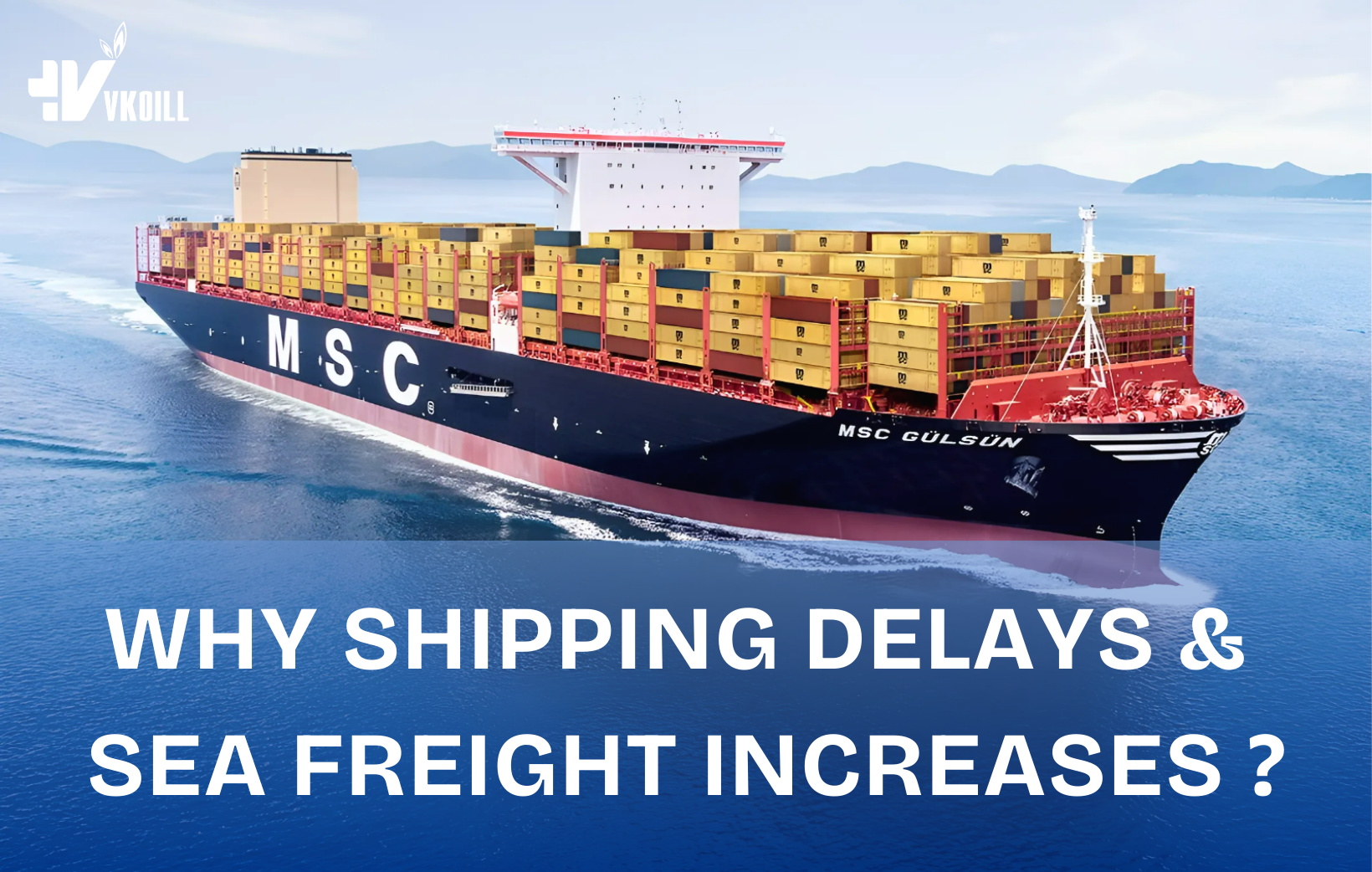In the intricate dance of global logistics, recent shifts have left businesses and consumers grappling with soaring shipping costs and significant delays. At the heart of this issue lies a complex set of circumstances that, much like a strategic game of tug-of-war, pitches shipping companies against global commerce demands under the shadow of geopolitical tensions.
The Strategic Importance of the Red Sea
The Red Sea, a vital artery for global trade, has recently turned into a hotspot for geopolitical strife. This crucial passage connects major shipping lanes from the East to the West, making it a critical point for international trade. However, escalating conflicts involving Houthi rebels and various international naval responses have pushed shipping companies to reroute their paths. This detour, which involves ships navigating around Africa rather than passing through the Suez Canal, significantly increases transit times and reduces the availability of shipping vessels.

Impact on Shipping Capacity and Rates
With vessels taking longer routes, the effective shipping capacity shrinks. This unexpected reduction in available ships bolsters the shipping companies' leverage in setting freight prices. The immediate consequence? A sharp rise in shipping costs. For instance, freight rates between Asia and Northern Europe have surged by 173%, with similar increases observed on other routes like Asia to the Mediterranean. The addition of security surcharges, which range from $500 to $2,700 per container, further inflates the costs.
Long-Term Outlook
Experts suggest that this situation may persist for years, maintaining elevated shipping costs much longer than initially anticipated. This protracted period of high freight rates means that consumers can expect to see these increased costs reflected in retail prices, potentially driving up inflation in various sectors.
Adjustments in Shipping Operations
Shipping companies are hastily adjusting to these new challenges. They are adding vessels and modifying schedules to accommodate longer journeys, aiming to improve reliability and manage the flow of container traffic. Despite these efforts, issues like potential port congestion and the time needed to adapt to new operational demands threaten to further complicate the global supply chain.
Recommendations for Importers
For small and midsize importers, the current landscape demands a proactive approach. Key strategies include booking shipments well in advance, opting for air freight when necessary, and maintaining regular communication with freight forwarders. These steps can help businesses manage transit times and mitigate unexpected fees.
Conclusion
The disruptions in the Red Sea are more than just a temporary inconvenience—they represent a profound shift in the dynamics of global shipping. The tug-of-war between shipping availability and commercial demand, compounded by geopolitical tensions, has set the stage for an era of higher costs and longer waiting times. As the world adapts to these uncharted waters, the resilience and flexibility of businesses will be tested, shaping the future of global trade in significant ways.


